Our techique to combat winter season inside moisture
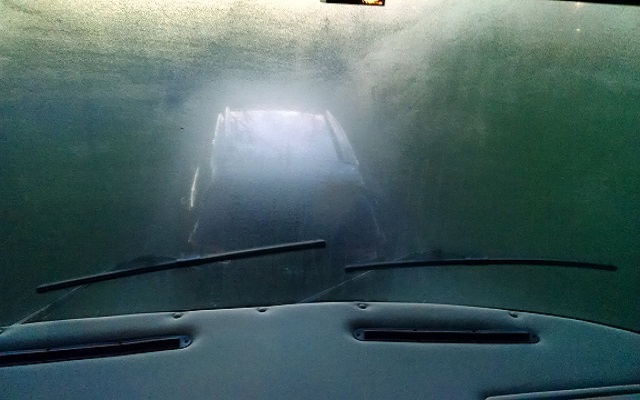
In some of the photos here, I didn’t do anything to combat the winter camping moisture buildup that many encounter. I did this, to demostrate the challenge that is faced. When it’s cold outside, and warm inside, and with curtains closed, moisture on inside glass & other areas inside the rv occurs.
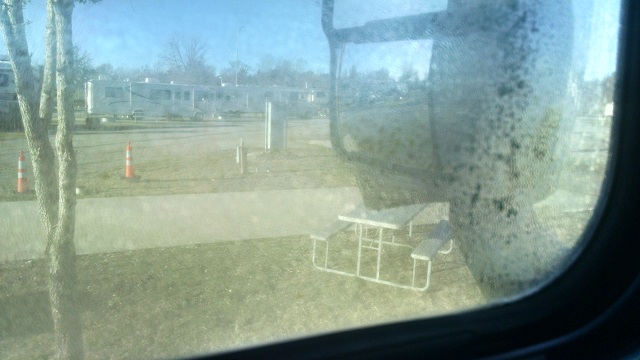
It’s good to wipe dry the rv shower, after using, to reduce inside moisture buildup. We have an onboard washer & dryer, and dry our towels after showering. Other things that contribute to moisture buildup are coffee pots, dish washing cloths, sponges & dish drying cloths. Also, we keep the toilet lids closed.
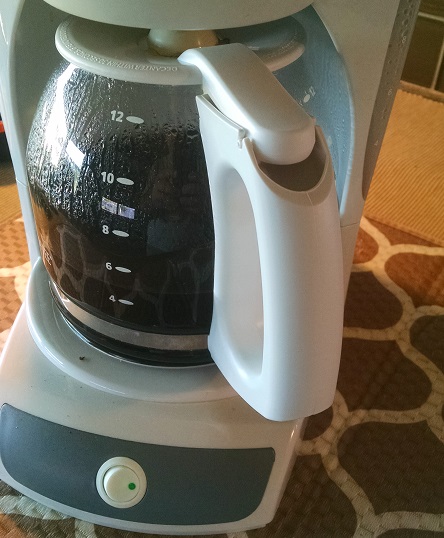
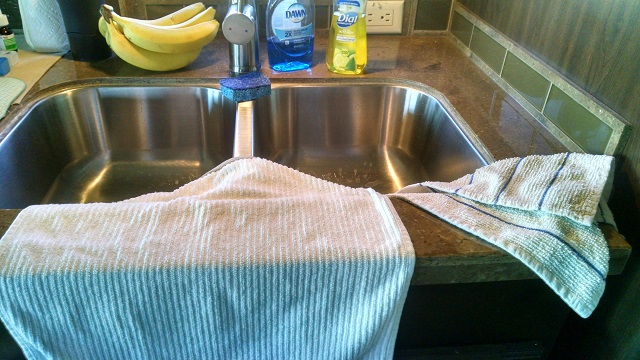
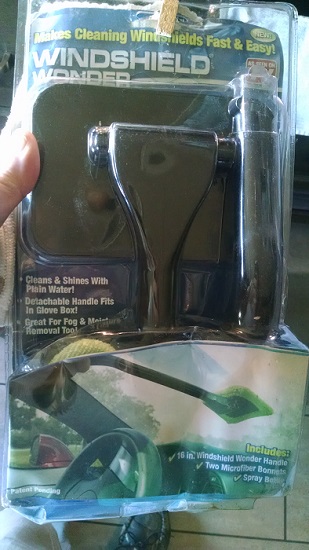
We, mostly, use disposable Damp Rid containers in the bathrooms and living/kitchen area of the TomsMaHauL motorhome. The Damp Rid (or similar products) containers will last up to 4 to 6 months, before discarding & replacing, or refilling (if refillable ones are used).
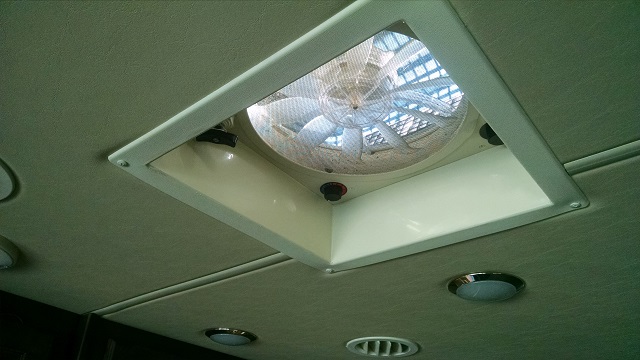
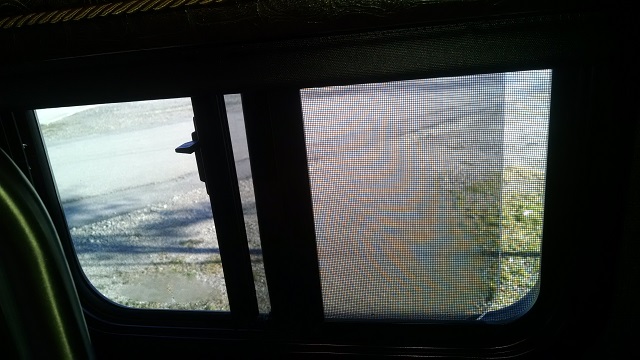
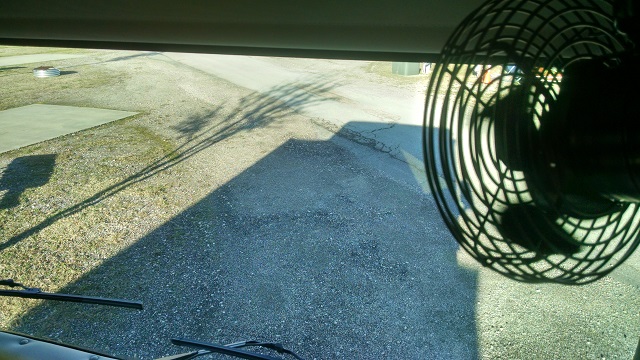
Also, we may slightly open some cabinets and closets to keep moisture down in those areas. We may open some of the curtains before bedtime (while a vent or window is slightly opened) with the fans circulating the air, and with the lights out, we don’t worry about anyone strolling around during the overnight hours, looking inside of our rv. Sometimes, I will add a small portable fan between the curtain and glass, and with the bottom of the curtain pulled back a little (so the fan can fit in between the curtain and glass), the inside rotating air, with a vent or slightly opened window, we can still feel like we have some overnight privacy. . With the big front windshield, though, I usually open the electric blind, so the dash fans can blow over the inside glass. The big windshield can collect a lot of moisture, so that’s why that blind will, likely, stay open. When the sun shines on the TomsMaHauL motorhome, that will eliminate any daytime inside moisture from forming on a cold afternoon. Again, the Damp Rid product helps, but (slightly) opening a vent or window, with some fans blowing, seems to be an excellent way to greatly diminish the inside moisture buildup. Obviously, opening a vent or window, will keep the propane heater (if used) operating more overnight. We also have an built-in fireplace space heater, and we have a portable space heater, that work very well to warm the inside of the rv, and will help to cut down on the motorhome’s propane heater consumption. The on board propane heater in the rear of the motorhome, also warms the plumbing and holding tank bays below the floor (and other plumbing areas) so running the rear propane heat is important in sub freezing temperatures. I’ll set that thermostat to 65 degrees, and it will keep tanks and plumbing areas from freezing.
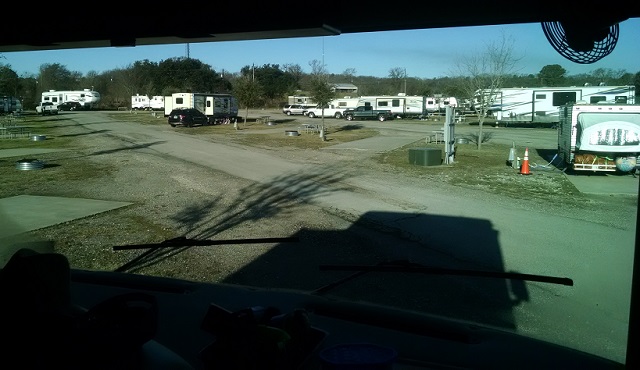
Moisture buildup in an rv is never good, due to causing issues with wallpaper (peeling), wall & dash staining, but also could contribute to mold growth, so we take this issue seriously, and use our techniques. Some rvers use heavy dehumidifiers, and that’s a good idea, too. It’s likely a choice for many full-time/long-term rvers. Dehumidifier users either empty the water collected from the dehumidifier, or run a tube from the dehumidifier to a sink or shower drain, or find a way to run the drain tube outside.
______________________________________________________________
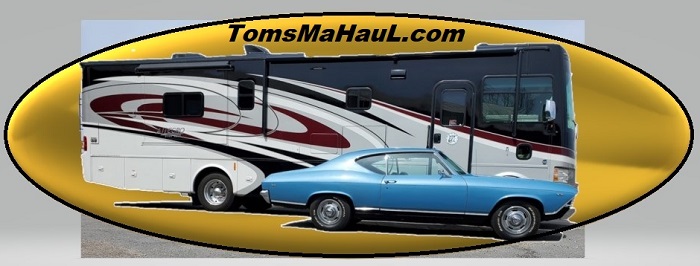
We welcome you to check out some of the places that we enjoy exploring around the ArkLaTex region and… beyond the outer parameter. Visit our Journal page HERE
__________________
You’re Trippin’ With Tom & Teri. Our location is a space in time. No matter where you go, there you are, and at the moment, We Are HERE.
__________________
Tom shares some of our motorhome preparation, maintenance & projects…along with expecting the unexpected. Visit our Projects page HERE
__________________
Also, visit us at TomsMaHauL on Facebook HERE
__________________
We’re checking our email inbox, and checkin’ it twice. We’ll check it again, to see if you checked in. Email: info@TomsMaHauL.com
.
